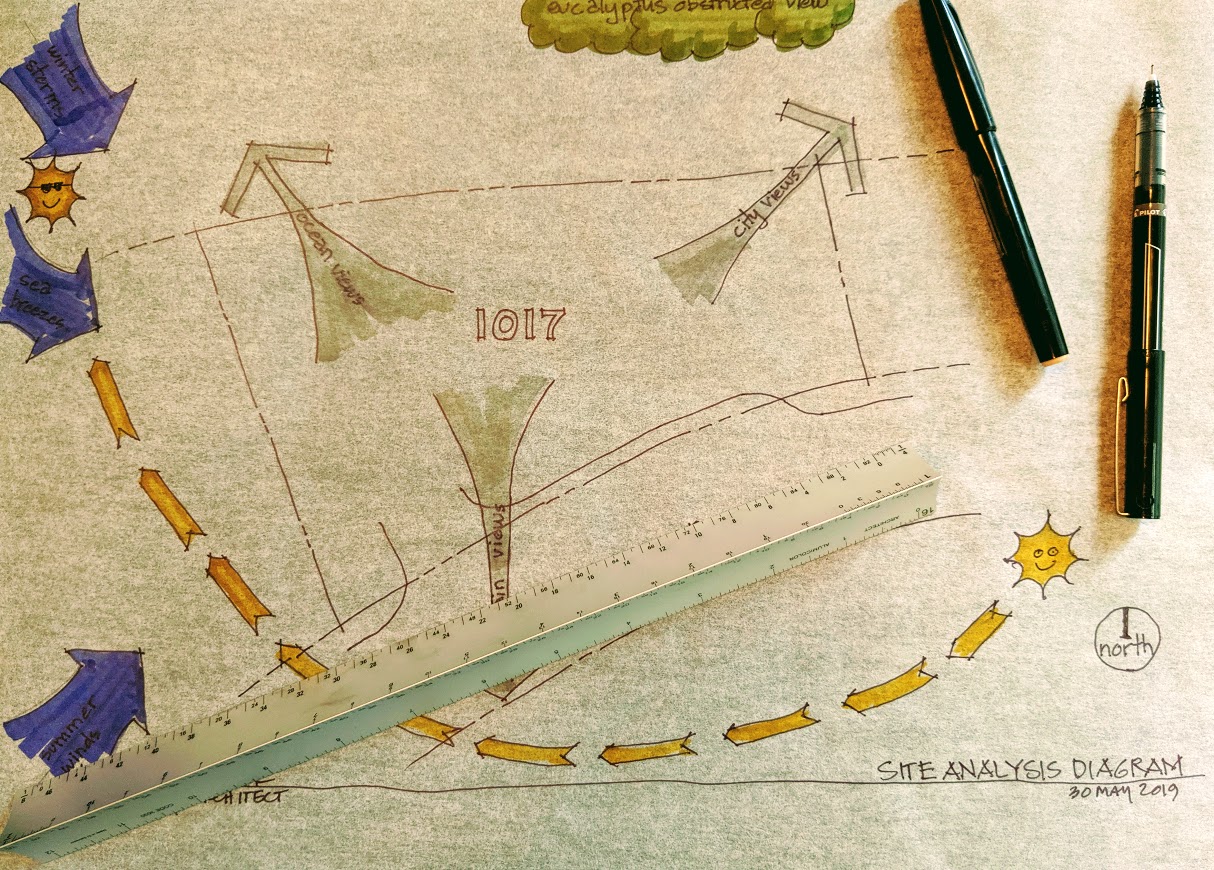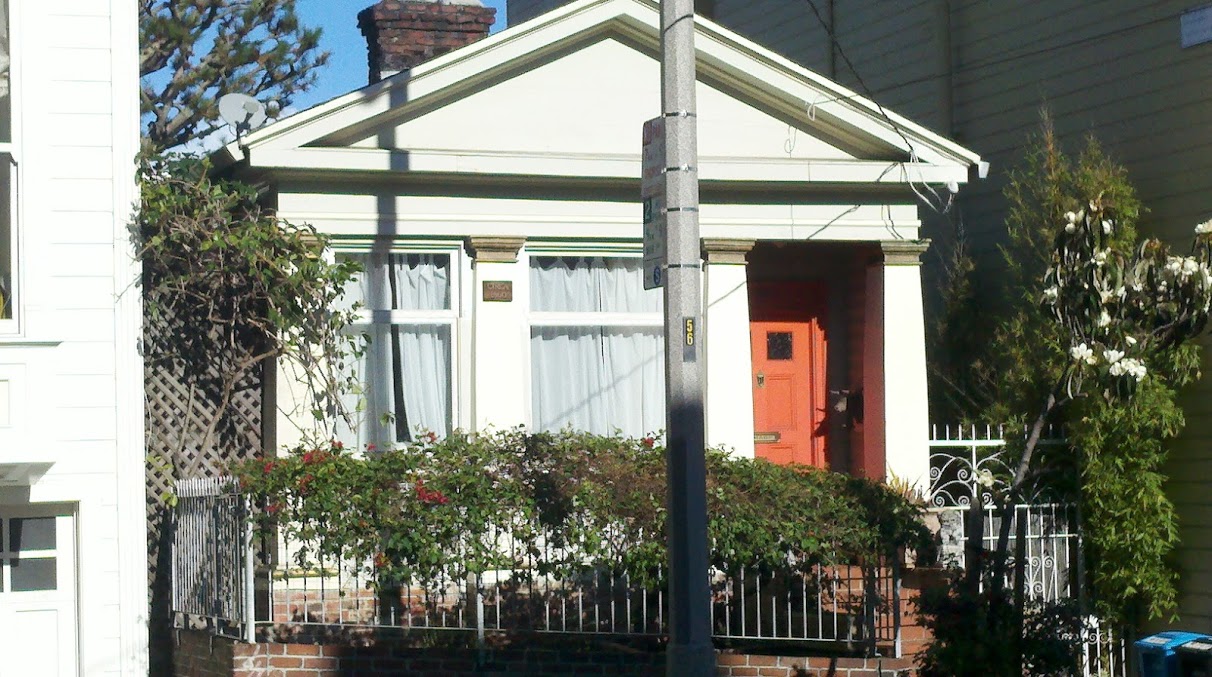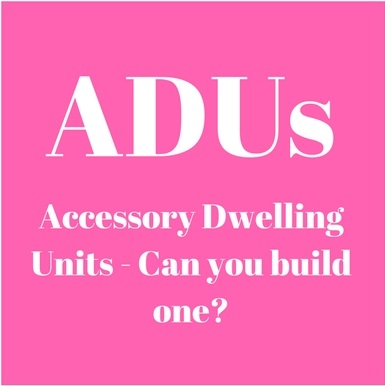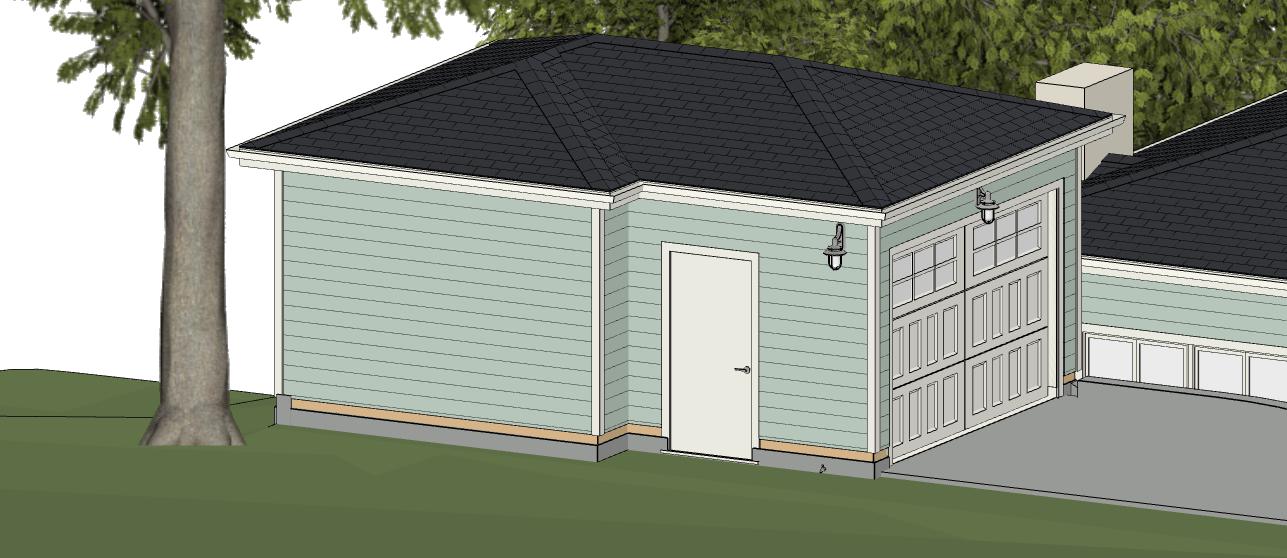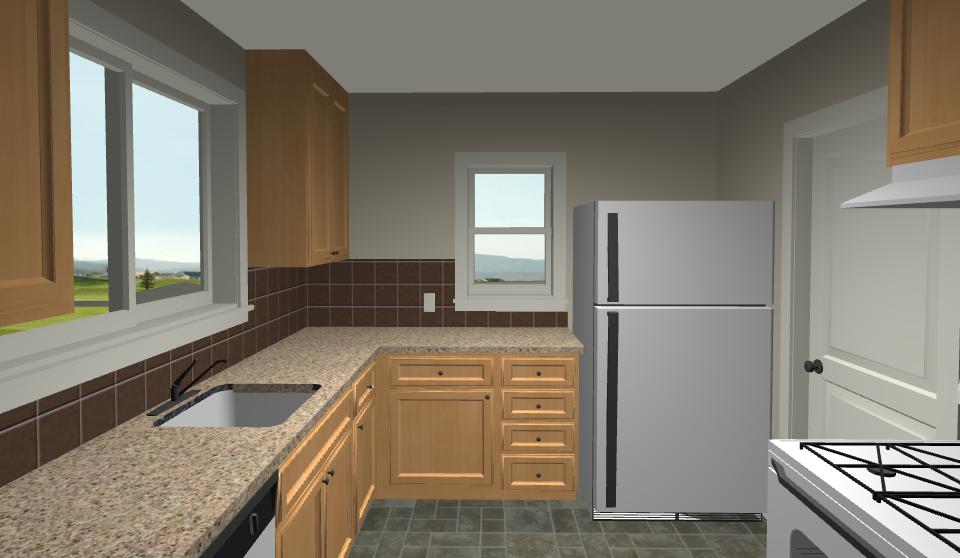Kicking off a new project is always fun. There is nothing but possibilities ahead of us! A blank piece of tracing paper and a hand full of pens and we’re ready to get started.
I recently started working on a new house project with some old clients of mine. I had designed a large addition to a house for them about 15 years ago. They came back to me when they bought a site just a few houses down from where they live now. The site is smaller, but the views are better.
It will be a large house, and they have very specific requests for spaces and rooms. But the main objective is to maximize the views.
At this stage of the process, I am grappling with understanding the site, understanding the client’s needs and desires for the project, and understanding how the local planning code applies to the property.
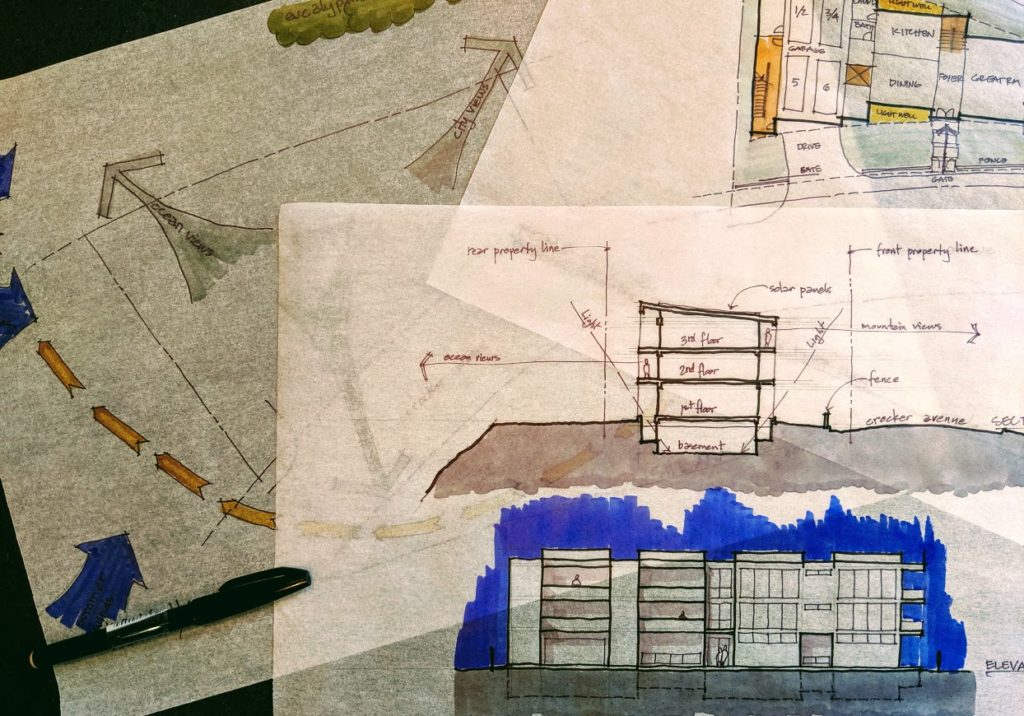
As architects, we look at all of that information, and more (like building codes, likely construction methods, big ideas about the flow of people and spaces, and even bigger ideas about what is Architecture), and start trying to synthesize all this information in a coherent way.
I always start with two things: the site plan and the client’s idea for the house. Many clients come to me with specific ideas for what the house will be like. I always draw that. I also try to come up with at least two other ways of solving the problem.
It is important to test the owner’s ideas. They are always good generators for how to make the building, and provides me insight into what they are really after.
It is also important to come up with other potential solutions to show the client there are other ways to get what they want. With three options, we have a basis for discussion to help all of us (architect and owners) to understand their priorities and ways to achieve their goals.
That discussion can be quick, or long, depending on the complexity of the project, and the clarity of the owner’s thinking about what they want. Sometimes they see potential in the other potential solutions, sometimes not. But either way, it is good to question assumptions and look at alternatives before setting off down specific design path.
On this project we are early in the process. I have drawn their original idea, and two other options. The site is complex, and their program is complex. There is a lot to understand. It is also clear that they may not get everything that they said they wanted in this house. That will provide us with some good conversations about their goals and priorities that will guide the design as we move forward.

